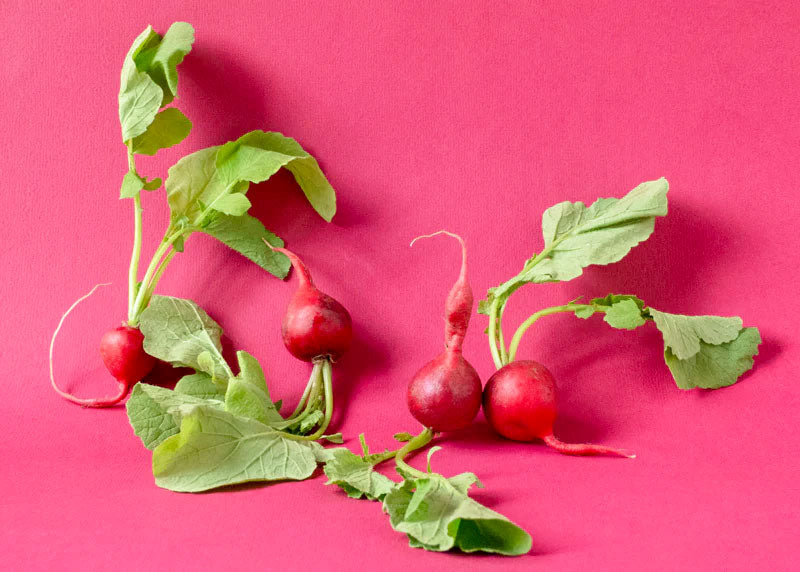
By Allison Gregg, Registered and Licensed Dietitian and Nutritionist
Chances are you’ve heard it all when it comes to breast cancer and nutrition. Information about nutrition is everywhere- online, on television, in magazines, and of course from friends, family, neighbors, or coworkers. The spectrum is wide from very logical nutrition concepts to some not so logical, even crazy concepts. One day, juicing is great! The next day, juicing is only recommended if it has turmeric and green apple in it…
Let’s explore the evidence-based recommendations that dietitians and medical professionals practice by.
Good nutrition is extremely important as it may reduce the incidence of breast cancer and the risk of breast cancer progression or recurrence. After a breast cancer diagnosis, women look at what changes they can make to their lifestyle that they are in control of. One of these controllable changes is nutrition. Unfortunately, there is not a magic pill that improves nutrition. It really is all about eating well and fueling the body with the right foods. Eating well helps you feel better, maintain your strength, lower your risk of infection, and heal and recover faster. Plant-based foods are a great place to start. This includes fruits, vegetables, whole grains, beans, legumes, nuts, and seeds.
Let’s look at fruits and vegetables first. Fruits and vegetables are nutrient powerhouses! They contain phytochemicals and antioxidants which offer amazing benefits for your body. Phytonutrients are compounds produced by plants. They are known to decrease inflammation in the body and make the body’s immune system stronger. Antioxidants are also found in fruits and vegetables. They are substances that inhibit the oxidation process and act as protective agents. They protect the body from damaging effects of free radicals. Many phytonutrients give plants their pigments. When selecting fruits and vegetables, think “eat the rainbow”. Different colors provide different health benefits. The best way to get these health benefits is to eat at least five servings of fruits and vegetables every day.
Here are some creative ways to change up your intake of fruits and vegetables:
- Fruit salsa: Capture many colors. Strawberry and peach make great choices.
- Oatmeal bars with fruit: Bake your favorite fruit into an oatmeal bar. Apple and berries make for delicious flavor choices.
- Get creative with shakes and smoothies: Move over strawberry banana, try fall pumpkin spice, apricot almond, or mint-jalapeno.
- Mashed cauliflower: You guessed it, the remix to mashed potatoes!
- Shredded Brussel sprouts: Add pistachios and top with balsamic vinaigrette.

Next up is whole grains. Ditch the white and refined starches. Refined grains have been milled which remove the bran and germ. Whole grains retain more of their original healthy nutrients and fiber. Get the most bang for your buck by choosing whole grains! Examples of whole grains include: whole wheat flour (used to make whole wheat pasta and bread), brown rice, bulgur, oats, quinoa, popcorn, and barley. An easy way to transition to whole grains is the 50/50 approach. If you typically eat white pasta, try mixing in half whole grain pasta. You can then build up to completely eating whole grain pasta. Next time enjoying a movie at home, choose popcorn as a whole grain snack! You can even spice it up by adding different seasonings. Paprika adds a smoky flavor while dill offers a “pickling” flavor.
Beans and legumes are also an important part of a healthy diet. Their high fiber content helps achieve the daily fiber intake goal of 25-30 grams. Try adding peas, chickpeas, lima beans, peanuts, dried beans (kidney, pinto, black-eyed peas), or lentils to your meal. Chickpeas are so much more versatile than their star appearance in hummus- toss in a salad, stuff into a sandwich, roll into a wrap, top on a pizza, blend into a sauce, mix into a soup, or bake into falafel.
Nuts and seeds round out the key plant-based foods. Nuts and seeds make great complimentary partners at meal and snack time. Nuts, nut butters, and seeds can be added to almost anything. That’s right- add to a shake, smoothie, toast topper, yogurt, homemade baked goods, colorful salad, whatever your creative mind can come up with!

So if plant-based foods are great foods to eat, are there are foods that are not great choices? Absolutely. Foods with a high saturated fat content should be limited. Saturated fat is the “bad” or “unhealthy” fat. High saturated fat foods include red meat, processed meats (such as bacon, hot dogs, sausage), cheeses, creams, butter, ice cream, and processed baked goods. Unsaturated or “healthy” fats should contribute to your fat intake. This includes cold-water fish, chia seeds, flaxseeds, walnuts, olive oil, and avocados. Fat should account for less than 30 percent of your daily calories. Processed and refined grains should also be limited.
So let’s put this all together and build the perfect “power” plate. When dishing up your meal, visualize your plate in the following way: half of the plate (or even more) filled with fruits and vegetables, a quarter of the plate with protein, and the last quarter of the plate whole grains. This ensures you are getting a variety of nutrients that your body needs to properly fuel itself. Just like a high performance car needs fuel, your body needs nutrition to function!


